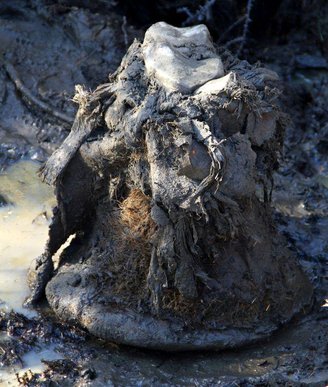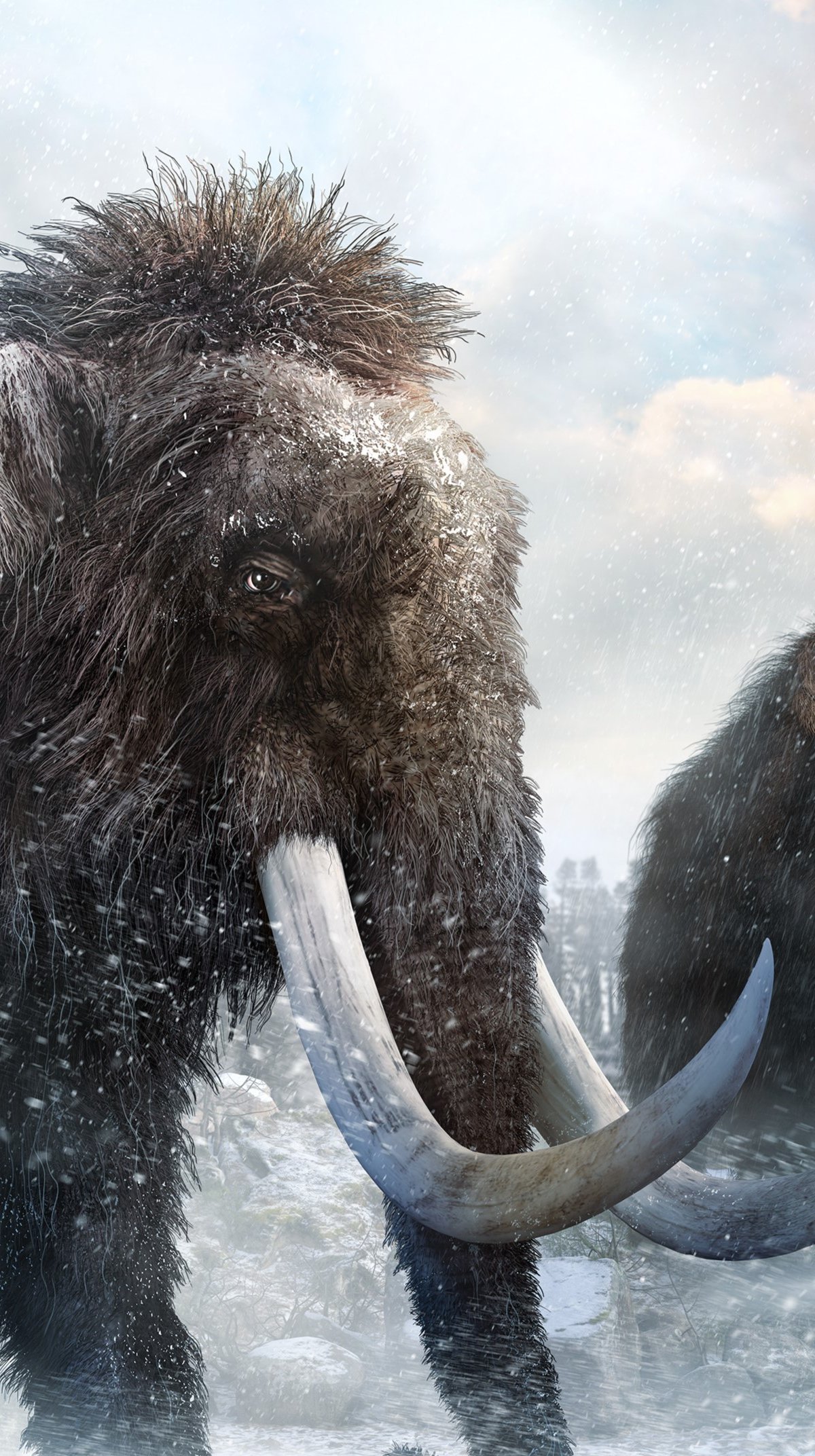An international research team has achieved an unprecedented success: Assembly of the genome and three-dimensional chromosomal structures of a woolly mammoth that lived 52,000 years agoA piece of animal skin trapped in the permafrost allowed the recovery of rare fossilised chromosomes.
Unlike ancient DNA, which often breaks down and degrades over time, chromosomes are long strands of the basic genetic molecule. In addition to being a million times larger than most fragments found so far, the chromosomes provide clues about the organization of the mammoth genome within its cells and which genes were active in that patch of skin, says one of the study’s authors.
According to the paper published in the journal Cell, this rich structural detail was only achieved after the mammoth was freeze-dried after death. This process, known as cold sublimation, is an effective way to preserve biological tissues over time. Freezing and sublimation of frozen water, which passes directly into gaseous state.
How did scientists piece together the mammoth genome?
“Imagine having a jigsaw puzzle with three billion pieces, but no picture of the final puzzle to work on,” corresponding author Marc A. Marti-Renom of Pompeu Fabra University in Spain says in a release. They used an advanced molecular biology technique called Hi-C to guide them.
Hi-C reconstructs the 3D organization of the mammoth’s chromosomes, providing insight into how the genome might be organized in living cells, allowing a close-up image to guide the assembly of the pieces. The tool also identifies active or inactive regions of the DNA sequence and compares the data with data from existing elephants.
When the authors compared cells from mammoth skin with cells from contemporary Asian elephant skin, they discovered different patterns of gene activation. One of these is clearly related to the prehistoric animal’s wooliness and cold resistance..
What is the importance of working on 3D chromosome recomposition?

The important thing here, Marti-Renom says, is that “for the first time, we have woolly mammoth tissue where we know approximately which genes are turned on and which genes are turned off.”
According to the structural geneticist, the data obtained from fossilized chromosomes represents a significant advance in what has previously been possible to analyze in ancient DNA samples. Although the sample is rarely based on well-preserved fossils, The authors hope to expand the method to examine other ancient DNA samples, even Egyptian mummies..
In the case of mammoths, the next steps include moving beyond cell-specific genetics and also examining how elephant gene expression is regulated in other tissue types. “These results have obvious implications for contemporary efforts to eradicate the woolly mammoth,” says co-author M. Thomas Gilbert of the University of Copenhagen in Denmark.
Liked the content? Stay up to date with more scientific discoveries like this on TecMundo and take the opportunity to share the article with your friends on social media. On to the next one!
Source: Tec Mundo
I’m Blaine Morgan, an experienced journalist and writer with over 8 years of experience in the tech industry. My expertise lies in writing about technology news and trends, covering everything from cutting-edge gadgets to emerging software developments. I’ve written for several leading publications including Gadget Onus where I am an author.













